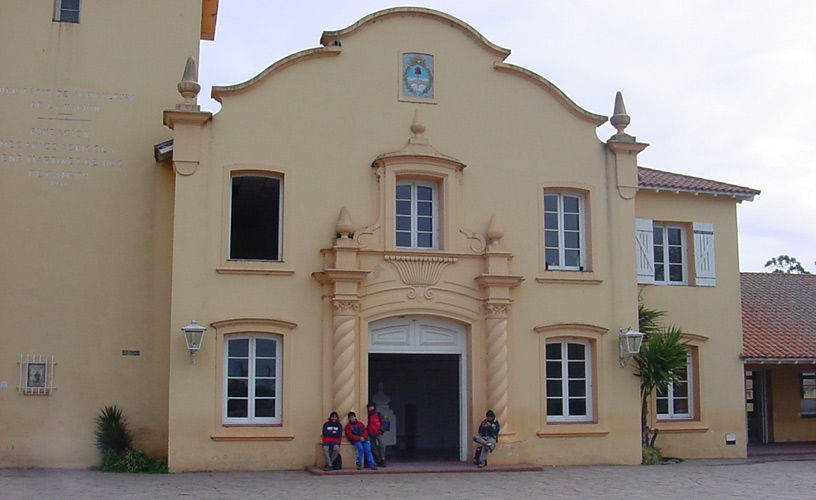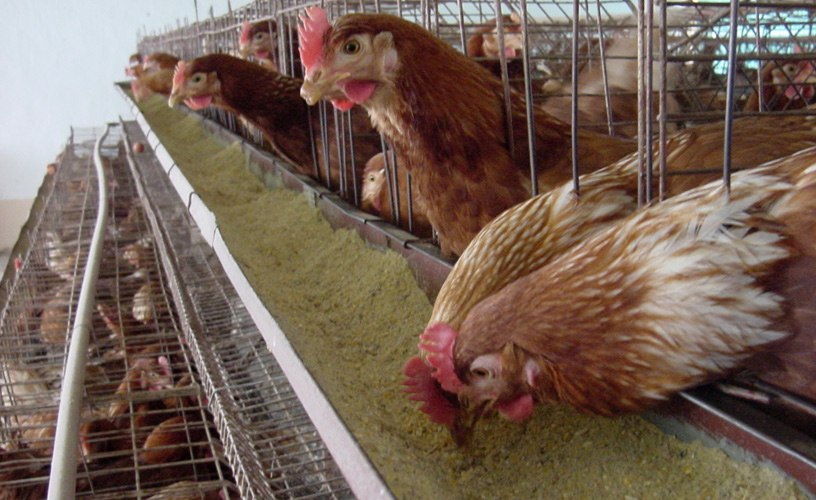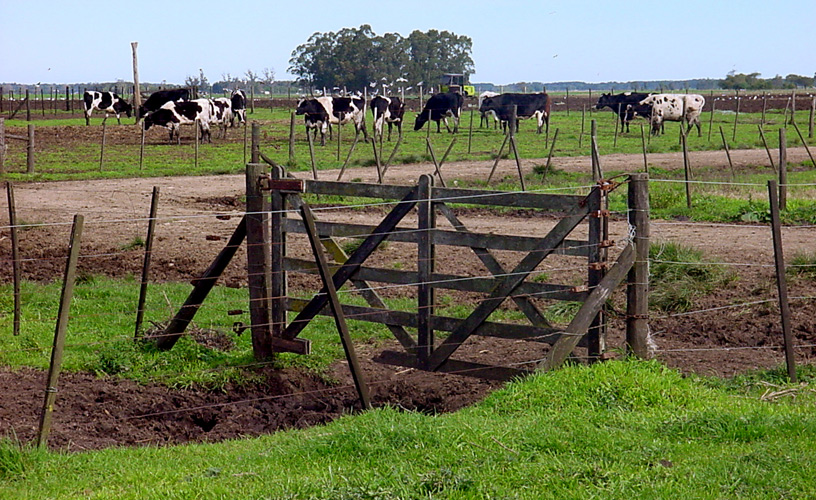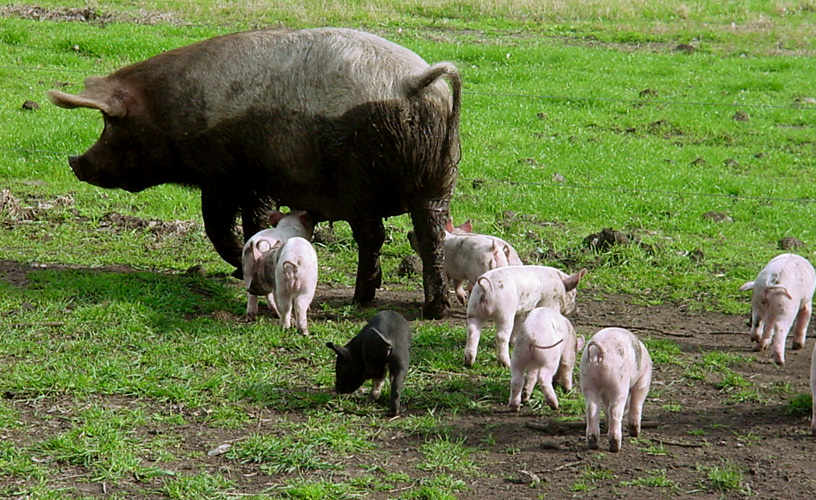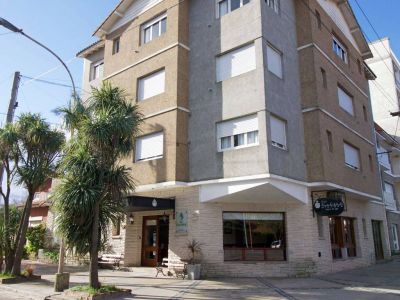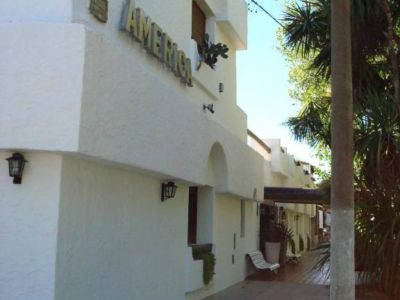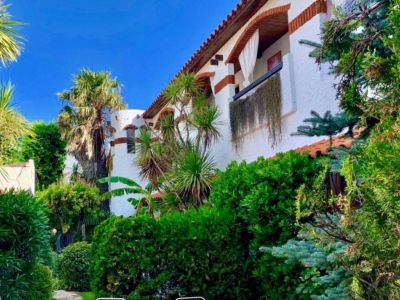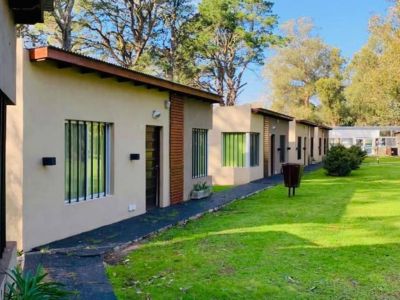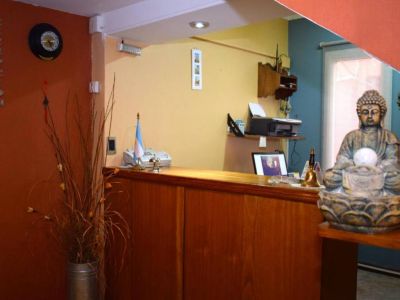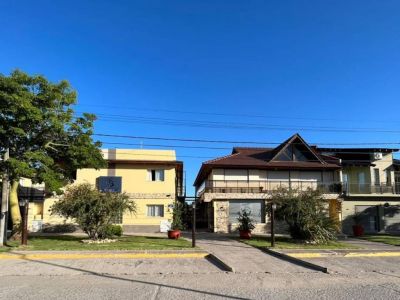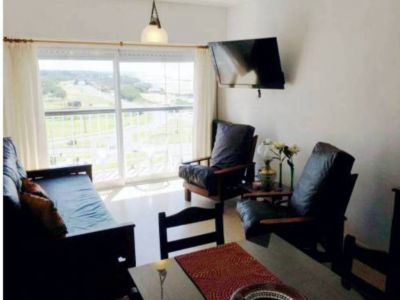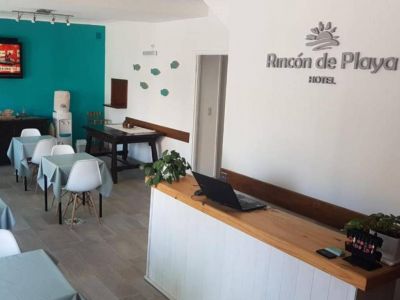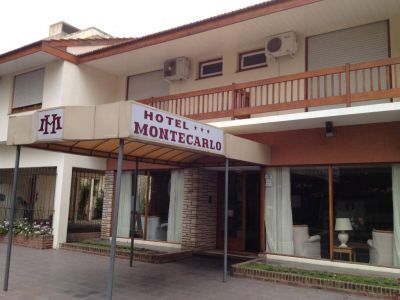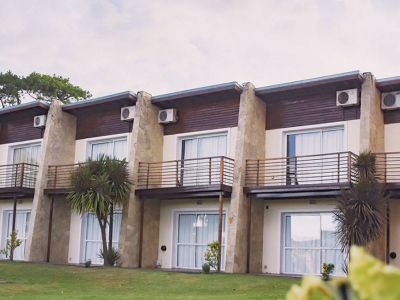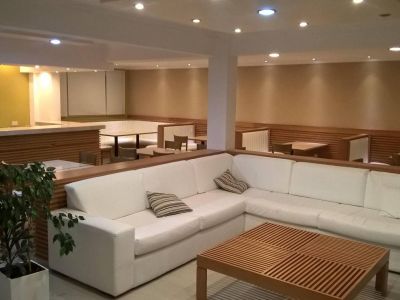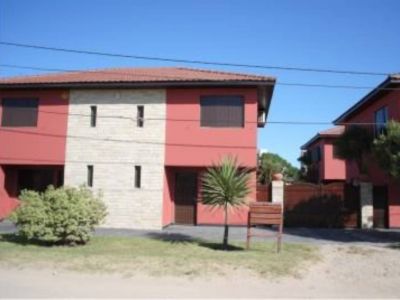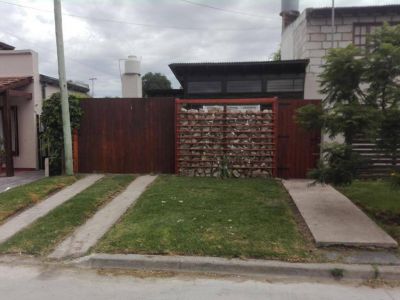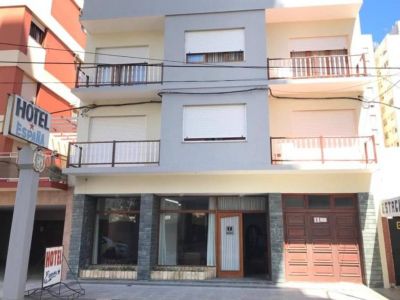A Visit to Miramar's Agricultural School
This is one of the biggest prides of the city. Visitors can see it in guided tours organized all through the year by teachers and students …
The Escuela de Educación Agropecuaria (Agricultural Education School) was inaugurated in May, 1948 as “Fundación Mecánico Agrícola Irene Martínez de Hoz de Campos”, and it is an institution dedicated to the technical education and formation of young students between 12 and 18 years old. Approaching this place is an opportunity to enjoy a guided visit within a setting of natural beauty that invites visitors to relaxation and watching, taking part of the daily routines of this place as privileged spectators. The main access left us at the gates of an impressive colonial style building painted in a cream color, with large galleries, endless red roofs and a Spanish pigeon house that gives the place the necessary sobriety for the development of activities. Once at the main door, we saw that there were tourists going round the two hundred hectares of the venue. Therefore, we had to wait for another group to be gathered in order to start our tour.
A group of boys and girls of around 15 years old in their uniforms and carrying their school bags would hang around very amused as they watched the bus that would take them back to their homes after their school day. Others, instead, should wait for the weekend to arrive in order to see their families again. They attend classes from Monday thru Friday, and they live together in the school facilities during the entire week. On the last day, they go back home, to come back early on Monday morning. “The early bird catches the worm” said the most cunning of them all. But from the tone of his voice, it was clearly understood that punctuality was a priority to create a conduct: something essential for those who mean to be real men and women of the land. The visit began and we got deep into the characteristics of each sector. In a short while, we went round a fruit land where we were taught to make out the fruit varieties grown there. An orchard, a plant nursery, an area dedicated to agriculture and a greenhouse, as well as the main lab, were left behind, having been contributed with their dose of knowledge to a group of tourists that did not even imagine a site bearing these characteristics in Argentina. Although they were tired of walking at times, the youngest were surprised by all the animals they could observe there. Roosters and laying hens, chickens, ducks, rabbits, sheep, horses, cows, calves and even sows with their suckling pigs would amaze us as we walked on. In each of the corners of this place, we could find professors teaching and students learning. As we talked to them, we heard that most of them had dreams related to the countryside, either because they lived there or because that vocation had naturally arisen in them. When I asked them about the reasons to choose that school, everybody answered that they wanted to be agronomists or agricultural technicians, and the most lively assured that when they finished school, they planned to start an undertaking of their own, which had started as a childhood dream and that, thanks to school, today had the necessary tools to become true. Juan told me that his dream was to breed horses and that ever since he was a child he had wanted to study something related to the equines. That is why he did not have any problem in going along the 50 kilometers between the school and the small town of Otamendi every weekend; so that he can do what he liked so much. Just like him, many of them live in the nearby districts of Mar del Sud, Centinela del Mar, Mechongue, San Agustín, Chapadmalal and Mar del Plata, and there also those who come from Necochea, Lobería, Balcarce and even the city of Tandil, as well as from other towns in the Province of Buenos Aires. After leaving the production areas, we learnt the secrets of hand-made production and we were also explained how the up-to-date machinery worked, such as the dairy farm system, which is totally computerized, or the machines working inside the dairy products area, where cheese and, of course, home-made dulce de leche are made. The tour ended inside a shop where the school sells the products made inside the facilities, which are characterized by their freshness and quality. The Asociación Cooperadora commercializes it with other local shops, which contributes to the school self-financing. Thus, once the tour is over, the tourist could buy chicken, piglet, rabbit, lamb, eggs, honey, homemade liquors and jams, as well as vegetables, cheese and sausages. All this made by the students and their teachers, a real example to be imitated and a tour you cannot miss if you are spending your holiday in Miramar.
Pablo Etchevers
Pablo Etchevers
